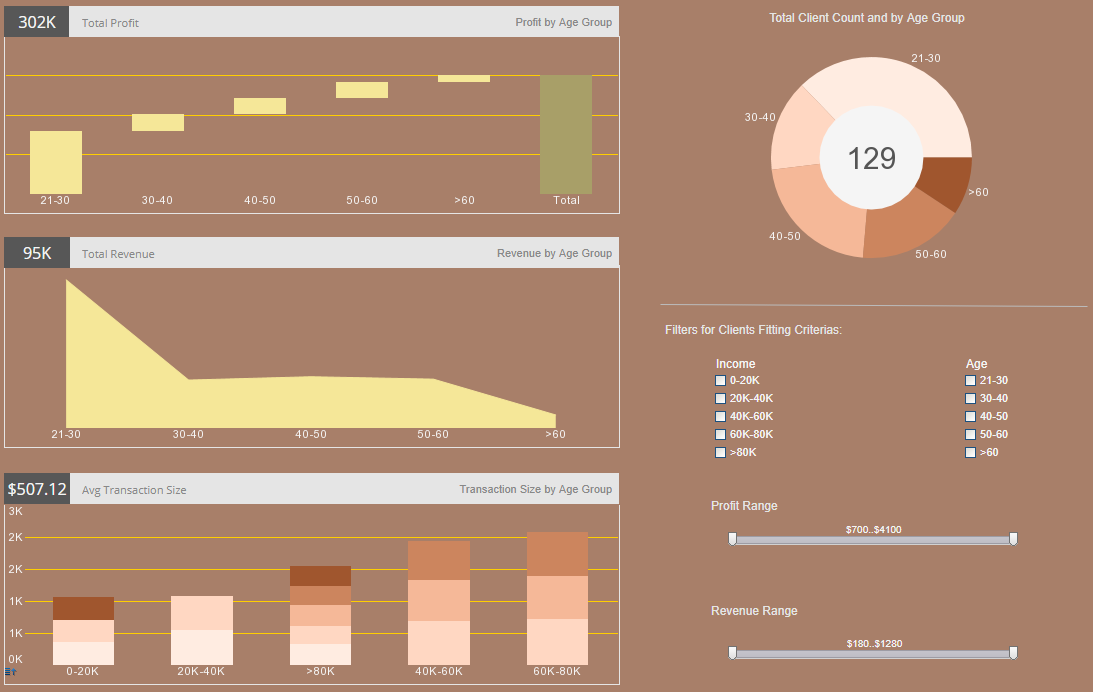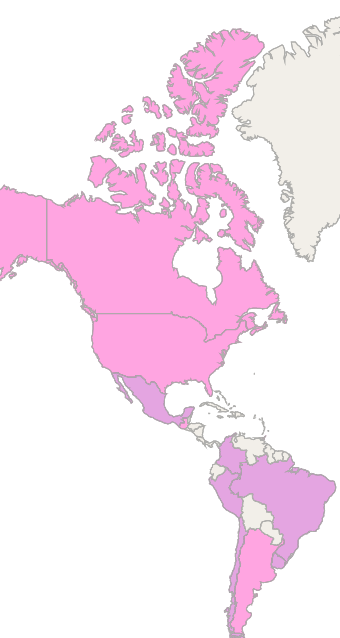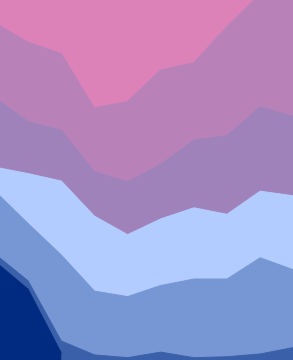InetSoft Webinar: What Are Some Innovations in Discovery and Analysis Tools?
This is the continuation of the transcript of a Webinar hosted by InetSoft in April 2018 on the topic of "The Topology of the Visualization Vendor Landscape." The speaker is Abhishek Gupta, Product Manager at InetSoft.
What are some innovations in discovery and analysis tools? There’s a range of new charts types. We have 15. I think the important point here is that there are charts that are more report-like: data sheets, counts, text filters, and basically rows and columns. We can create a good visual display in each chart type, but you also need to take some steps in advance.
If it’s customers that you are analyzing, you need customer names. If it’s products, then product names because people need that to get context. We tend to balance this more standard type of chart with more visual charts, bar charts, and pie charts. We also have a set of richer charts you’ll see in a few minutes, heat maps, paretos, and time tables which are more in that analysis category.
In fact when we can do a demonstration right now of a project that uses the time table. Let me just click this. I’m opening a web visualization project, and we’re looking at event logs from a factory. This is a manufacturing operations dashboard. It’s one day of event logs. There are 880,203 of them. They are listed out here. This chart groups them by command.
 |
Read how InetSoft saves money and resources with deployment flexibility. |
I can get a better clue. I can sort by count. I can start getting a feel for what’s going on here. But it’s really hard to explain to management or to see problems in this. So there’s a chart called the time table which is a very visual view of this which people can use to start seeing the story. It’s the same data as on the first page, but it’s grouped into 30 categories.
Across the horizontal axis we’re looking at transactions at the second level across the day. So for example these collect firmware revisions. Each of these texts is in an event. They have it early in the day. Then there’s none in the rest of the day. Execute commands happen pretty regularly through the day, and here it’s a little hard to see, but there are long tails here which means they last a long time.
This chart on the right is totaling the events across the dates for each of these command groups, and it dominates. You see this other unusual pattern like this user prompt is not doing anything. It comes on with some long interval and goes silent and comes back again. So somebody who knows manufacturing data can look at this and see that there are some unusual patterns.
We’ve, in fact, coded them by fault levels: Major Fault A, Major Fault B and no fault. Let me just do some visual discovery. I select a two fault types. The chart on the left colors only those fault types. Now so I see major Fault A occurs only in the user prompt and for this duration here. This might be hard to see in the webinar, but there’s a couple of shorts spikes out here for the same user fault.
The blue one Major Fault B happens only in executive commands, and it happens in the late morning and then again in the afternoon as gaps appeared when everything else has gone silent. I might say I want to just drill on the user prompt. Let me grab that one. I’d go back to the first page and my detailed view has changed to show my 32 event logs that were in that fault category.
There’s a list of them all. I might want to export this out of the data discovery and analysis tools on my desktop and takes action on it. I might give it to the operator and say there is a problem with the user prompt in this area. What happened? This is a great example of how a visualization tool can help disentangle a complex set of data and make it easy for human beings to understand what’s going on and focus and take action.
There’s a set of other problems like this, for example health care claims fits the same pattern. Marketing campaigns, you can picture how the rows could be themes. Systems data, we do a lot of work in that area with system intrusion and security data. There’s a set of problems that are time based. When you are trying to see patterns, if you drew in text labels, or if you drew this in a lot of line charts, that would be overwhelming.
A chart like this and displays it really well. So what we saw here is the visualization surfaces the patterns. It consolidated what would have been a lot of reports that Norman would have come into the room with. It leaves impressions in people’s heads. We find in many of our clients, instead of Norman, there is a projector with the data discovery tool on the screen, and people are having the discussion of the visualization. People can see the problem areas in context of the whole situation, and it leads to better and faster decision making.
 |
Read the top 10 reasons for selecting InetSoft as your BI partner. |


